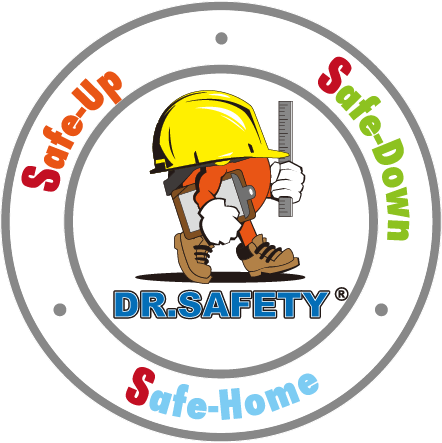Insights and Best Practices
For a Safer Worplace
Explore Expert Tips and Actionable Advice To Protect What Matters Most
2025 Workplace Safety Trends and Predictions for Australia
Workplace safety has always been a priority for responsible businesses, but as we move through 2025, the landscape is evolving faster than ever. With rapid advancements in technology, shifting workforce expectations and tighter regulations, Australian businesses must stay ahead to protect their people and remain compliant.
This year, we’re seeing a major shift from reactive safety measures to proactive prevention – backed by smarter technology, ergonomic innovations and stronger risk management strategies. From Virtual Reality (VR) and Augmented Reality (AR) training to AI-powered safety monitoring, workplace safety is becoming more dynamic, efficient and prevention-focused on stopping incidents before they happen.
At Dr. Safety, we believe that true workplace safety isn’t just about ticking compliance boxes —it’s about creating workplaces where workers feel secure, supported and well-equipped to handle any challenge. Here’s what’s shaping workplace safety in 2025 and how your businesses can stay ahead.
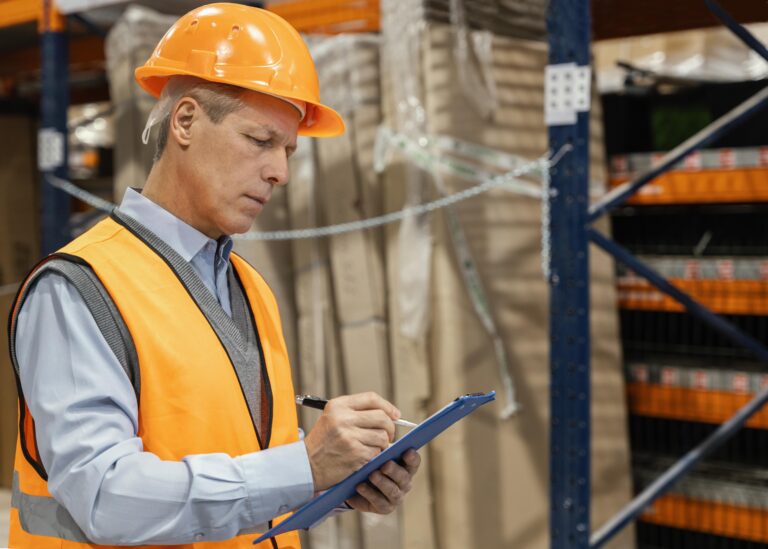
1. Stricter Workplace Safety Regulations Demand Proactive Compliance
2025 has brought a significant tightening of Work Health and Safety (WHS) regulations across Australia. Safe Work Australia continues to raise the bar, placing greater responsibility on businesses—especially in high-risk industries like construction, warehousing, and aviation maintenance.
One of the biggest focuses is on fall prevention. Despite years of awareness campaign, falls from heights remain a leading cause of workplace injuries and fatalities. Employers can no longer just provide a ladder and assume they’ve done enough – today, proactive risk assessment strategies include:
- Regular equipment inspections – No more “set and forget” mentality.
- Enhanced worker training – Proper usage is just as critical as having the right gear.
- Certified height-access solutions – Not all ladders or scaffolds meet the latest standards.
Simply providing a ladder or scaffold is no longer enough—workers must be properly trained to use these tools, and equipment must meet the latest safety standards.
At Dr. Safety, we help businesses navigate these changes with Australian-compliant ladders, scaffolding and aviation maintenance platforms – because safety shouldn’t be left to chance.
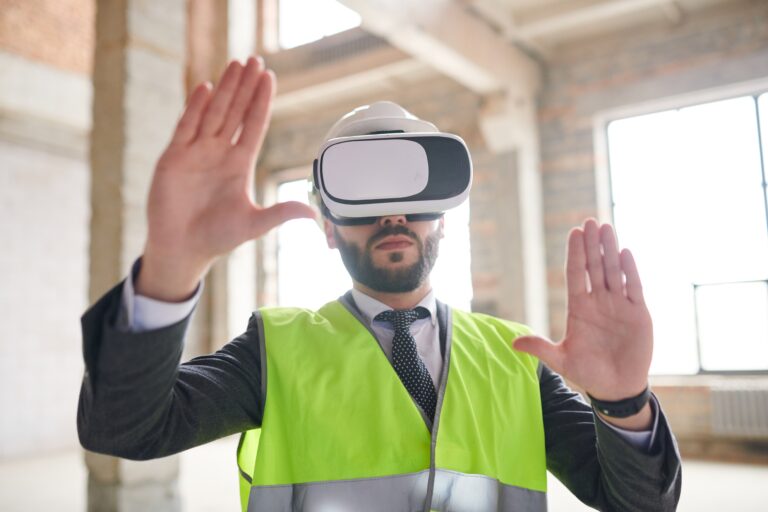
2. VR & AR Training: Learning Safety in a Risk-Free World
Let’s face it – Traditional safety training methods have limitations. Reading manuals or watching videos can’t fully prepare workers for real-world hazards. That’s why Virtual Reality (VR) and Augmented Reality (AR) training are becoming essential in 2025.
For industries involving height, heavy machinery or hazardous materials, VR and AR training provide:
- Realistic hazard simulations that allow workers to practice emergency responses.
- Hands-on equipment training in a controlled environment
- Higher retention rates and improved safety awareness
But here’s the catch: training alone isn’t enough. A worker trained in VR still needs a stable, regulation-compliant ladder when they’re up on a job site. That’s where Dr. Safety bridges the gap – providing both cutting-edge training support and high-quality safety equipment, creating a truly secure work environment.

3. AI and IoT: The Future of Real-Time Safety Monitoring
Artificial Intelligence (AI) and the Internet of Things (IoT) are revolutionising how businesses manage risk. Instead of waiting for an incident to happen, companies can now predict and prevent hazards before they escalate.
How AI and IoT enhance safety:
- AI-powered cameras & sensors monitor worksites for unsafe behaviors and equipment issues.
- Smart safety gear detect fatigue, falls and hazardous conditions.
- Predictive analytics help businesses identify trends and mitigate risks before they escalate
However, while technology enhances safety, it does not replace physical safety measures. No algorithm can compensate for unstable ladders, poorly maintained platforms or improper scaffolding setups. That’s why Dr. Safety ensures businesses have high-quality, industry-compliant equipment that works hand-in-hand with these innovations.
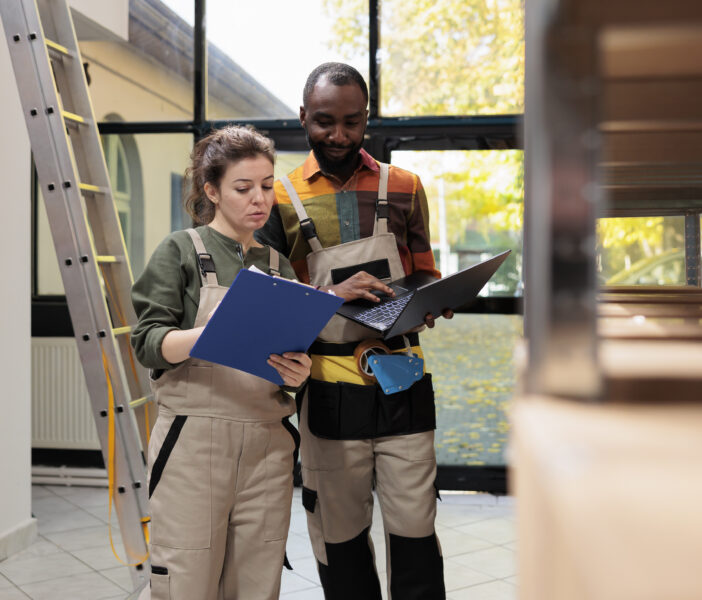
4. The Rise of Proactive Workplace Safety Culture
Beyond regulations and technology, 2025 marks a cultural shift in workplace safety. Leading businesses are moving away from “just complying” to actively embedding safety into daily operations.
In a proactive safety culture:
- Workers are encouraged to take ownership of their safety and report hazards without fear of repercussions.
- Continuous learning and safety training are becoming standard practice.
- Well-being is prioritised, reducing stress and injury risks.
Companies that embrace this mindset don’t just avoid fines – the see fewer incidents, higher employee morale and better productivity.
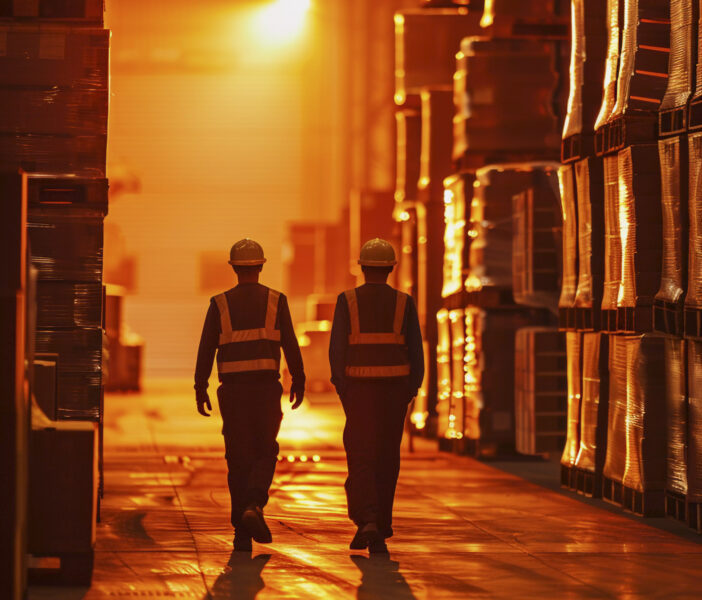
5. Is Your Business Ready for 2025’s Safety Demands?
The workplace safety landscape is changing fast. Between tighter regulations, immersive training, AI-driven monitoring and cultural shifts, demanding that adapt now will lead the pack.
At Dr. Safety, we’re helping Australian businesses stay ahead with:
- Compliant ladders, scaffolding and aviation maintenance platforms – Designed for real-world demands.
- Teach-integrated safety solutions – Where innovation meets practicality.
- Expert guidance – Because safety shouldn’t be a guessing game!
The bottom line? Waiting for an incident to happen is no longer an option. If you are ready to future-proof your safety strategy, let’s talk. Dr. Safety is here to help you build a workplace where everyone goes home safe – every day!
